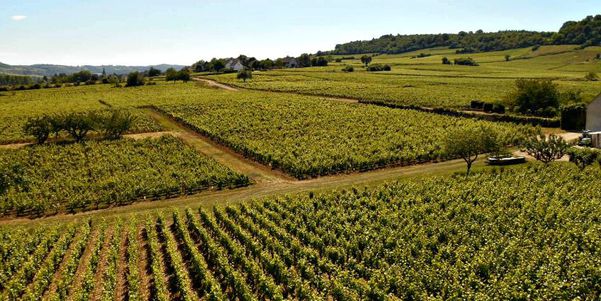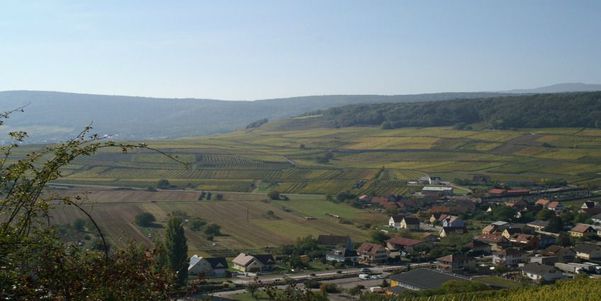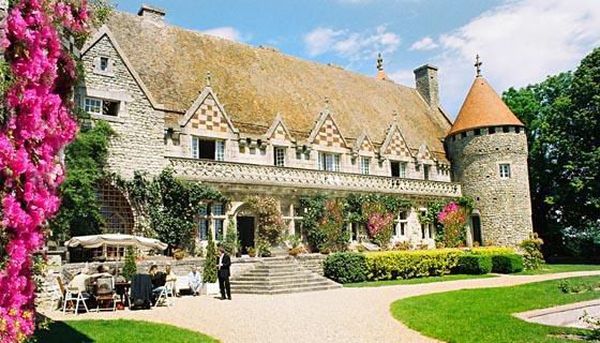
Alsace
wine tasting tours and winery visits



Best wine tours in Alsace
Why Visit Alsace?
The dramatically beautiful Alsace region boasts a rich patchwork of natural and cultural heritage, influenced by myriad different civilisations from the Romans to the present day. Officially established as a tourist route in 1953, Alsace celebrated the 60th anniversary of this occasion in 2013, and rightly so - this quiet corner of France has become an unmissable bucket-list region for lovers of wine, travel and food alike. Renowned for some of the most famous and popular wine routes in all of France, wine lovers can enjoy picturesque journeys through the luscious vineyards, breathtaking medieval castles, historic renaissance houses, and charming Alpine-influenced villages which transport visitors into another world.
Start your journey through the region in Strasbourg, the capital of Alsace and formal home of the European Parliament. The city has been a UNESCO World Heritage site since 1988, and visitors will feel like they've walked into a magical fairytale world thanks to the stunning architecture, a rare and awe-inspiring blend of medieval, Renaissance, Romantic and Art Nouveau designs. The city is a cultural hub offering an abundance of museums, theatres, operas, and beautiful monuments to visit. The iconic Strasbourg Cathedral, with its incredible, intricate stained glass and famous Astronomical Clock, is a must-see inside and out. Foodies will also fall in love with the city for its large portions and hearty traditional meals. Strasbourg was the birthplace of foie gras in the 1800s and has always been known as a haven of culinary delights - the first stop on any culinary experience of the Alsace should be for a helping of traditional tarte flambée!
Once you've had your fill of city living, continue south along the Wine Route towards Colmar and discover a series of small villages that seem to have come straight from the pages of a fairytale. Riquewihr and Eguisheim are the prettiest of these villages, with the latter having been voted France’s favourite village. Colmar is the oldest town in Alsace, famous for its “Little Venice” area, and offers both the intimacy of a small town alongside the rich cultural heritage of a large city. The town is crammed full of typical Alsatian timber-framed houses, canals, and its city centre square is decorated with bright flowers. Something in the air here must inspire the inhabitants - not only is Colmar the birthplace of the sculptor Bartholdi (the creator of the Statue of Liberty!) it is also the hometown of Hansi, the most well known illustrator in Alsace.
Colmar is also the gateway to the heart of the Alsace's winemaking country - a landscape that is so similar to those just across the border in Germany that it can almost be impossible to tell the two apart! The best vineyards border the east slope of the Vosges River, running for around 100km through the centre of the wider region. Influenced by both river and mountains, these dramatically scenic plantings create wonderfully distinctive, confident wines from grapes including Riesling and Sylvaner.


